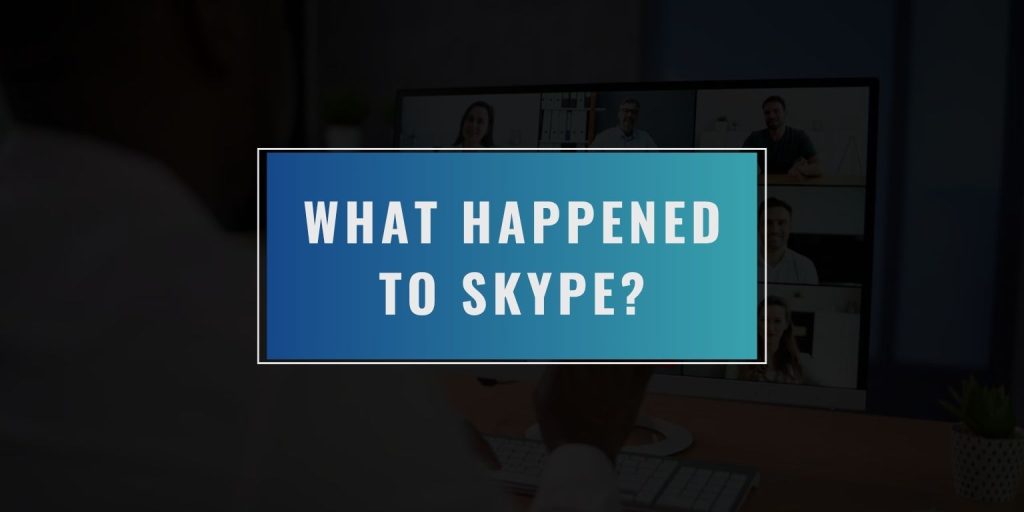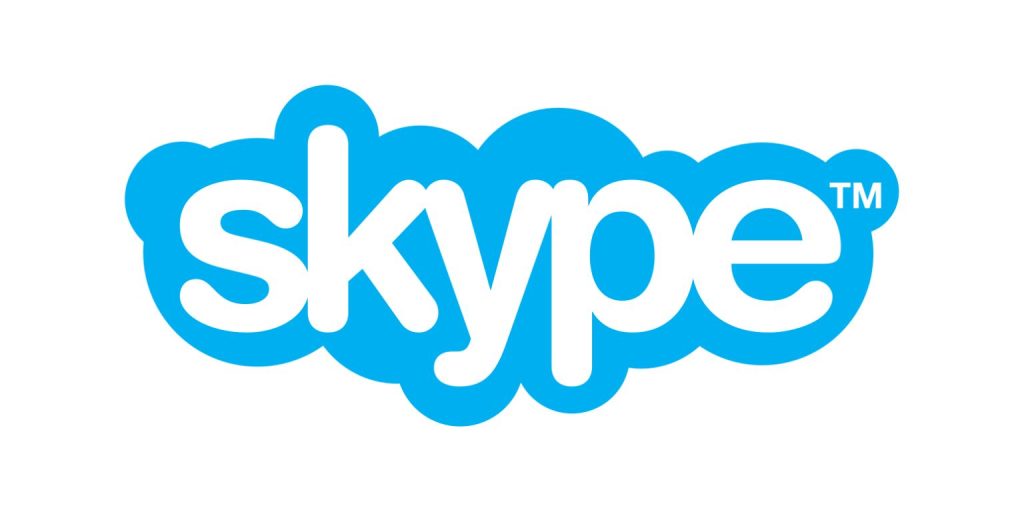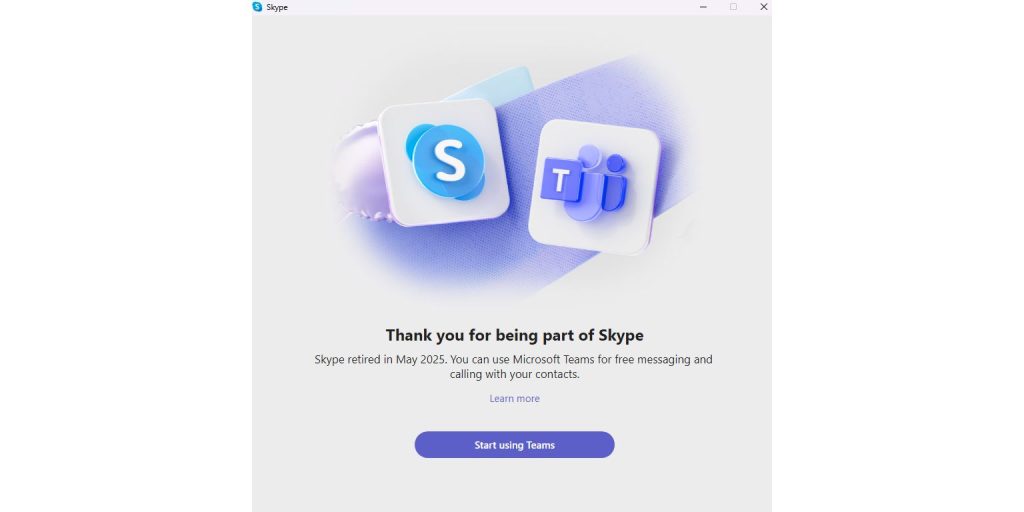People remember Skype. It was once the most known app for video calls. Everyone used it—for work, for school, or just to talk. But now, it’s gone. Many wonder: Why did Skype fail? What happened?
This article explains the fall of Skype clearly. If you care about how apps grow and die, or you use Teams, Zoom, or WhatsApp today, this story matters. Skype didn’t just fade away. It was replaced—on purpose. That’s worth knowing.
The Rise of Skype: A VoIP Revolution
Skype began in Estonia in 2003. The creators, Niklas Zennström and Janus Friis, made software that let people call over the internet. That technology is called VoIP. It let users talk from one computer to another for free. Video came later. People loved it.
What made Skype strong was how it worked. It used peer-to-peer networks. That means it didn’t need huge servers. The app was light and quick. Quality was high because it skipped the middle.
In 2005, eBay bought Skype. They wanted people to talk during auctions. That didn’t catch on, but Skype kept growing. People used it to call friends, talk to family, and run small meetings.
In 2011, Microsoft took over. They bought Skype for $8.5 billion. It was a big move. The idea was to bring Skype into the Microsoft world, alongside Windows, Office, and Xbox. But that change slowed things down.
Microsoft’s $8.5 Billion Gamble: What Went Wrong?
After the deal, Microsoft hoped to turn Skype into a tool for everything—from home to office. But the rollout didn’t go well.
Here’s what changed:
- Skype’s P2P system was shut down for cloud migration
- Skype for Business caused confusion with the main app
- Microsoft focused on Teams instead, but didn’t say it clearly
- Skype updates slowed, bugs grew, and mobile apps suffered
- Design changes annoyed long-time users
Steve Ballmer had a plan, but the shift was messy. Skype was no longer the clear focus.
Did Microsoft Kill Skype on Purpose?
There’s no official answer. But the signs say yes. Microsoft began pushing Teams quietly while giving Skype fewer updates. Skype for Business was turned off, and Teams replaced it. Still, the consumer Skype app stayed—until May 2025.
Satya Nadella became CEO in 2014. He focused on cloud and enterprise tools. Microsoft Teams fit that plan. It worked well with Outlook, OneDrive, and Office. Skype didn’t.
People got mixed messages. Should they use Skype or Teams? There were no strong updates or fixes. Teams got better. Skype stayed the same. Slowly, users left.
Now we know for sure: Skype retired on May 5, 2025. Microsoft confirmed it and moved users to Teams. They allowed people to use the same login. Chats, contacts, and messages could move too.
How Competitors Like Zoom and WhatsApp Took Over
While Skype slowed down, others moved in fast. Zoom became a go-to for meetings. WhatsApp and FaceTime made mobile calling simple. They didn’t feel heavy. They worked.
App Comparison:
| Feature | Skype | Zoom | FaceTime | |
|---|---|---|---|---|
| Easy to use? | No | Yes | Yes | Yes |
| Mobile friendly? | Weak | Great | Great | Great |
| Stable calls? | Often laggy | Reliable | Smooth | Reliable |
| Fast to launch? | Slow | Quick | Instant | Fast |
| Popular today? | Retired | Very | Still high | iOS only |
COVID-19: Skype’s Greatest Missed Opportunity
When the pandemic hit, people stayed home. Video calls became part of daily life. Zoom took off. So did Google Meet and Microsoft Teams. But Skype? It didn’t grow.
Skype had the name. But not the speed, features, or feel. During those months, people needed something that worked out of the box. Zoom did. Skype didn’t. That was the final chance. And it was missed.
Microsoft pushed Teams hard during this time. Teams got better. Skype was barely mentioned. That sealed its fate.
Technical Limitations and UX Problems That Drove Users Away
Skype users ran into many issues:
- Calls lagged or dropped
- Updates were big and often broke features
- Layout changes confused people
- The app felt heavy on phones
Skype moved from peer-to-peer to cloud servers. That broke its old strengths. Its new design didn’t help. Bugs stayed for months. Mobile was slow. By the time things were fixed, users were gone.
Is Skype Still Alive Today?
No. As of May 5, 2025, Skype has been retired. It no longer works. When users open it, they see a message. It says: “Thank you for being part of Skype.”
Microsoft now sends people to Teams. If you had Skype, you can sign in to Teams with the same account. You’ll find your old contacts and chat history there.
Teams is free for personal calls now, not just work. But Skype is done.
Final Thoughts: Lessons From Skype’s Decline
Skype shows how fast a tech leader can fall. Once strong, it slowed down. The company changed plans. Updates didn’t help. Other apps moved faster.
Microsoft let Skype go. It had a new tool—Teams. And now, Skype is part of the past.
If you build tools for people, keep them light, easy, and clear. If you wait too long to fix a problem, users will move on.
If you remember using Skype or have thoughts on why it ended, share them in the comments. Let others know.




